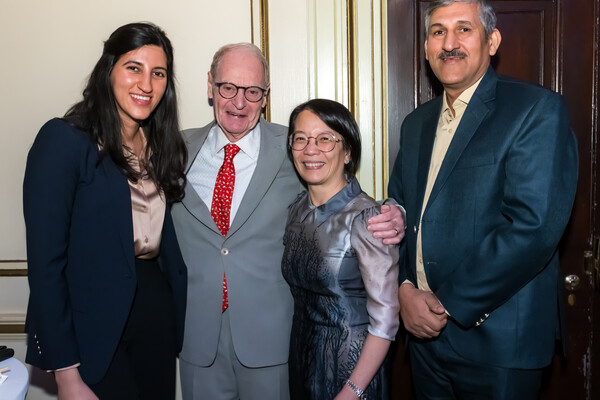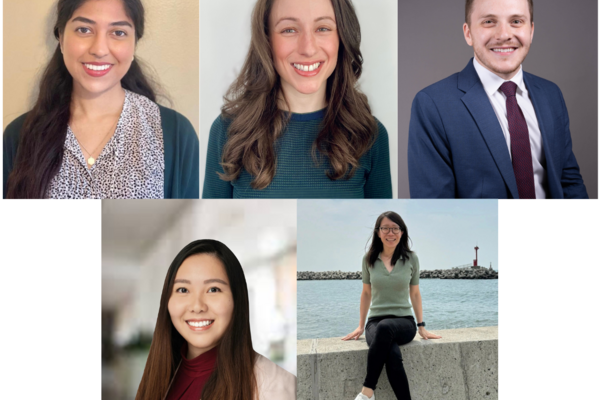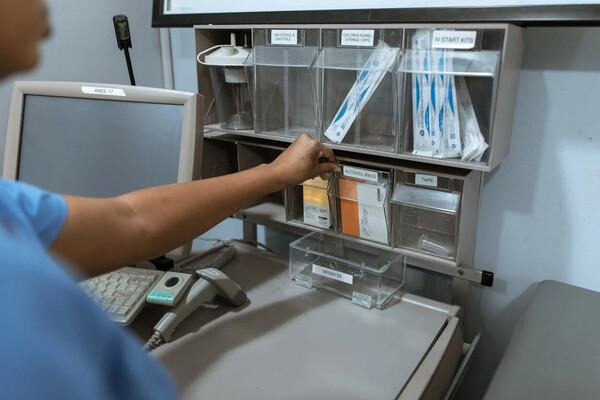Main Second Level Navigation
- Welcome
- Why Toronto?
- History of the Department
- Vision & Strategic Priorities
- Our Leadership
- Our Support Staff
- Location & Contact
- Departmental Committees
- Department of Medicine Prizes & Awards
- Department of Medicine Resident Awards
- Department of Medicine: Self-Study Report (2013 - 2018)
- Department of Medicine: Self-Study Report (2018 - 2023)
- Communication Resources
- News
- Events
Faces of U of T Medicine: Dr. Malika Sharma
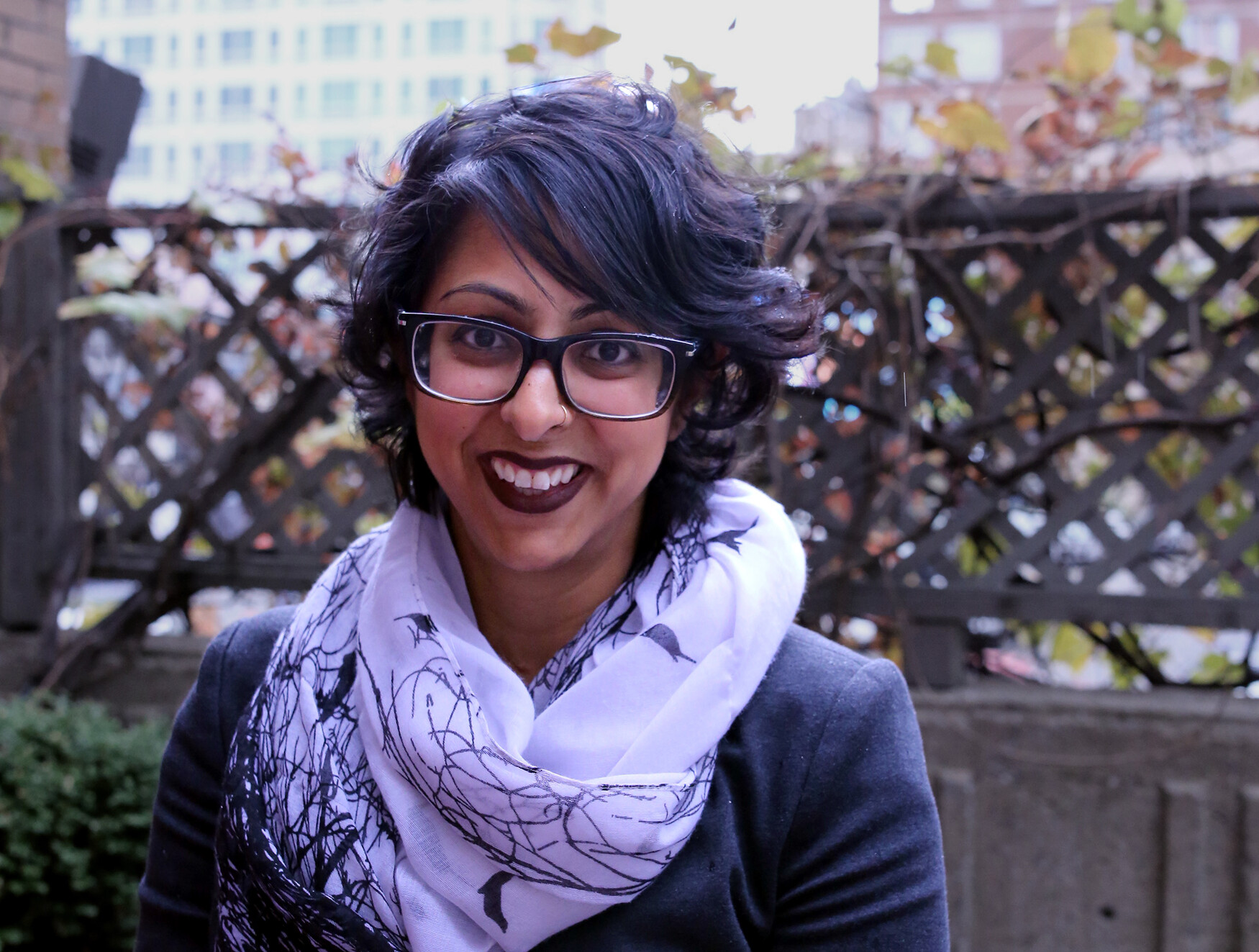
Brianne Tulk
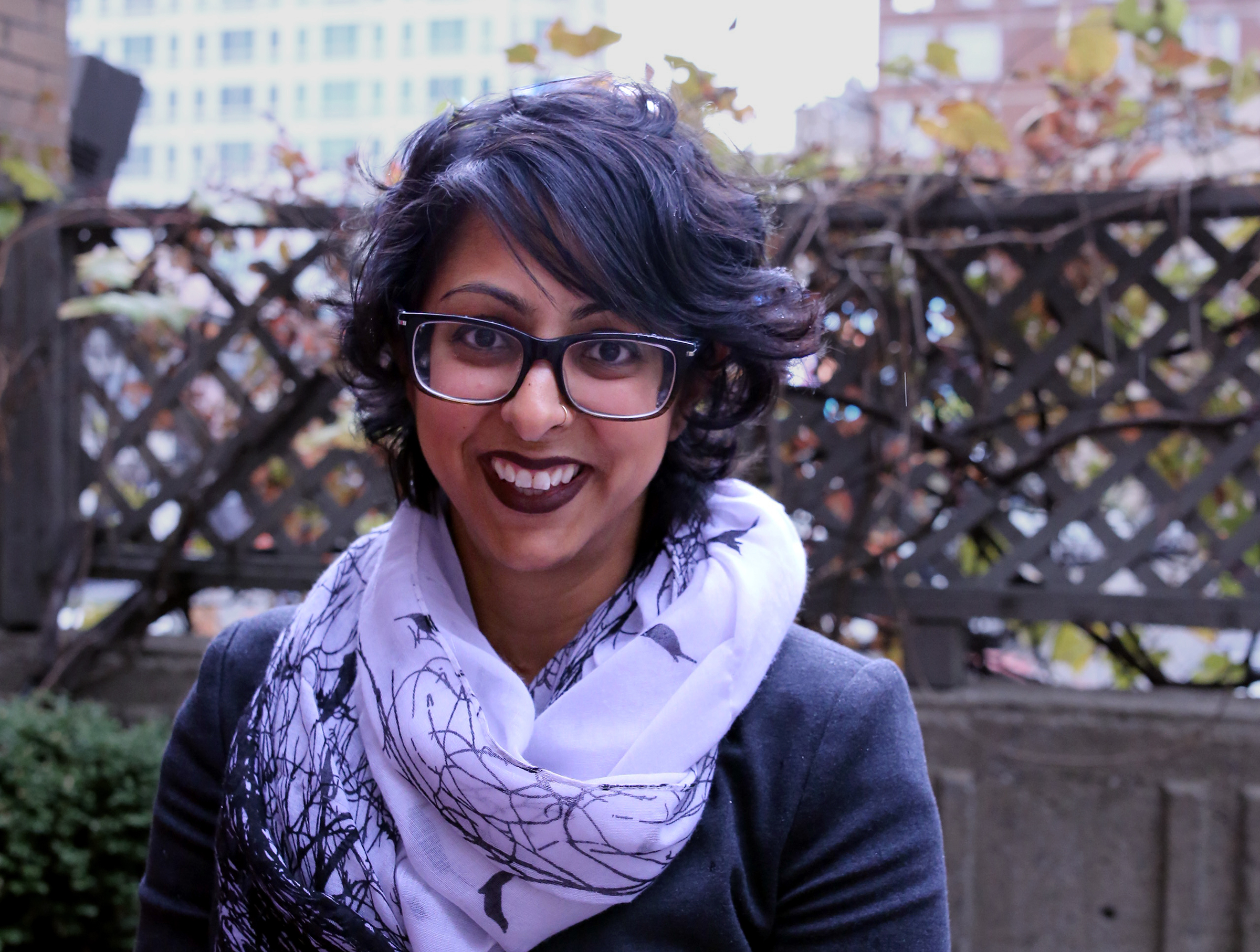 As an infectious diseases specialist and Assistant Professor in the Department of Medicine, Dr. Malika Sharma has been involved in the care of some of Toronto’s most marginalized communities, including people living with HIV and people who use IV drugs.
As an infectious diseases specialist and Assistant Professor in the Department of Medicine, Dr. Malika Sharma has been involved in the care of some of Toronto’s most marginalized communities, including people living with HIV and people who use IV drugs.
In addition to infectious diseases, Dr. Sharma’s area of scholarly interest is critical theory and the intersection of feminist, post-colonial and anti-racist theories with medical education. Last year, Dr. Sharma wrote a scoping review in The Lancet that explored how medical educators can apply feminist and critical theories to their teaching, and how this can facilitate more effective education and patient care.
For the last two years, Dr. Sharma has been the Medical Director of the Casey House, a hospital that specializes in caring for people living with HIV. In March, Dr. Sharma will be stepping down from that role to join the Infectious Diseases team at St. Michael’s Hospital as a Clinician Teacher. As she prepares to embark on this new chapter of her career, Dr. Sharma talks about her new role and the social justice perspective she brings to her practice and to medical education.
What was it about Infectious Diseases that made you decide to pursue it as a specialty?
It’s a very satisfying field. Often, people have acute infections, you can treat them, and then they they feel better - that's really, really satisfying. There’s also a nice balance between those tangible, more acute issues, and more long-term care, getting to know people, and getting to know their context.
In HIV work, you get to develop long-term, ambulatory relationships with people. Infectious Diseases as a specialty forces you to think about the broader social context, and the broader social determinants of health or equity. It really forces you to ask about a person’s circumstance, and not just about the specific medical issue that brought them to you right now. We can talk about treating that individual person's HIV, but you have to think about why is this happening in this population, in this way, at this moment in time, and what we can do to address that. There is a moral imperative to think bigger.
When you join St. Michael’s Hospital, what will your academic work entail?
In my Clinician Teacher role, I’ll be doing primarily clinical work – outpatient ID and TB clinics, and inpatient ID and HIV service. In my dedicated education and teaching time, I hope to take on a education leadership role in the division of Infectious Diseases at St. Mike's. I want to make sure the trainees rotating through our service have the best experience they can, that they're seeing the breadth and depth of cases that they should be, and also that they're learning about patients in their broader social contexts.
There are also some really important opportunities at St. Mike's to think about how to teach about the care of people who use IV drugs, which is something I've learned a lot about being at Casey House. I hope to bring some of that into teaching at St. Mike's. For a lot of people who are using IV drugs, for example, the reason why they're even entering the hospital space is actually because of an infection, whether it's a bloodstream infection, or a heart infection. Many people present with endocarditis, which is an infection of the heart valves, or with skin and soft tissue infections. Their point of touchdown is because of something primarily infectious, yet as infectious disease practitioners we don't always teach around the broader social circumstances and potential barriers to care, and we're often missing that bigger picture.
Prior to starting this role, I did research in critical theory and feminist theory, post-colonial theory and anti-racist theory, so I hope to be able to bring some of those lenses into my work as well.
How can those lenses shape medical education?
For some of the broader social justice issues, we can’t just tack them on as a lecture and say we’ve covered it in our curriculum. We have to practically and pragmatically apply them when we see patients in clinical work or when we're teaching clinical conditions. We have to think about how we actually make sure that we're integrating these ideas, and not just making them another thing to learn. It’s not to the exclusion of the biological and the biomedical. It's actually in complement, because as physicians, it will only make us more effective if we're able to think about our patients’ health in a broader way. We need to get the content across and make sure people understand the content so they're practicing medicine safely, but then we also need to think about how we add these other layers to make sure they're not only practicing safely, but they're practicing effectively.
What does that mean to be practicing effectively?
Practicing safely might mean that we see the patient, we know the infection they have, we've ordered the right tests, we've started the right antibiotics and we've given an adequate course of therapy. Practicing effectively might mean thinking about where and how this person can get the antibiotics they need despite the fact that there is complicated social housing, or there are substance use factors at play that might make it not as easyApplying a feminist or anti-racist lens might also help us make sure we're treating that person with compassion, care and dignity, recognizing their autonomy and shared decision-making so that when we're counselling them about antibiotics, we're more likely to make sure they understand what we're talking about, they are more likely to be able to be engaged and empowered in their own care, and more likely to complete a course of therapy. Practicing effectively might also mean that we encourage students to think big-picture. In the context of IV drug use, you can ask, why does this keep happening? How can we improve access to safe consumption sites or opioid agonist therapy, so that a person is less likely to get endocarditis in the first place?
It is also important to recognize that physicians are taught to recognize patterns, but we need to ask - how do we make sure we're recognizing patterns and not perpetuating stigma or stereotypes?
Was this missing in your training?
On the whole yes, though there are certain people who modelled that who have been an inspiration to me, including Dr. Lisa Richardson [who has just been appointed Vice-Chair of Culture & Inclusion in the Department of Medicine]. That's thrilling to me because I actually remember the day she walked into a morning report and made this incredibly insightful comment about why is this happening for this person? It forced us to think about the broader issue. I was like, ‘you can say this out loud and people are okay with that?!’ So that was really inspiring and a model for what I could do one day. We weren't routinely thinking about these things in this way before. It's an exciting time because I think we are talking about these things more.
What are you most excited about bringing to your new role at St. Michael’s Hospital?
I'm really excited about coming home. The first time I worked at St. Mike's I was 17 and a high school co-op student. Then in my first year of residency I was based at St. Mike's. That is part of what I bring to the role; it's a hospital I know well, and I know the staff well, so I bring a comradery and interdisciplinary and interdepartmental mindset.
I've done quite a few different things before coming back to St. Michael’s, so I think I can bring a different perspective, particularly having been in the community for a few years. I've worked with some of the most marginalized people living with HIV people living in Toronto, and I think bringing what they’ve taught me will be an asset to St. Mike's. St. Mike's serves some of the most marginalized people in the city and I think is doing a good job in so many ways, but there's still a ways to go in how we're teaching and thinking through some of these issues, and how people are stigmatized within healthcare environments. I'm excited to bring what I've learned in the last few years into this space.

